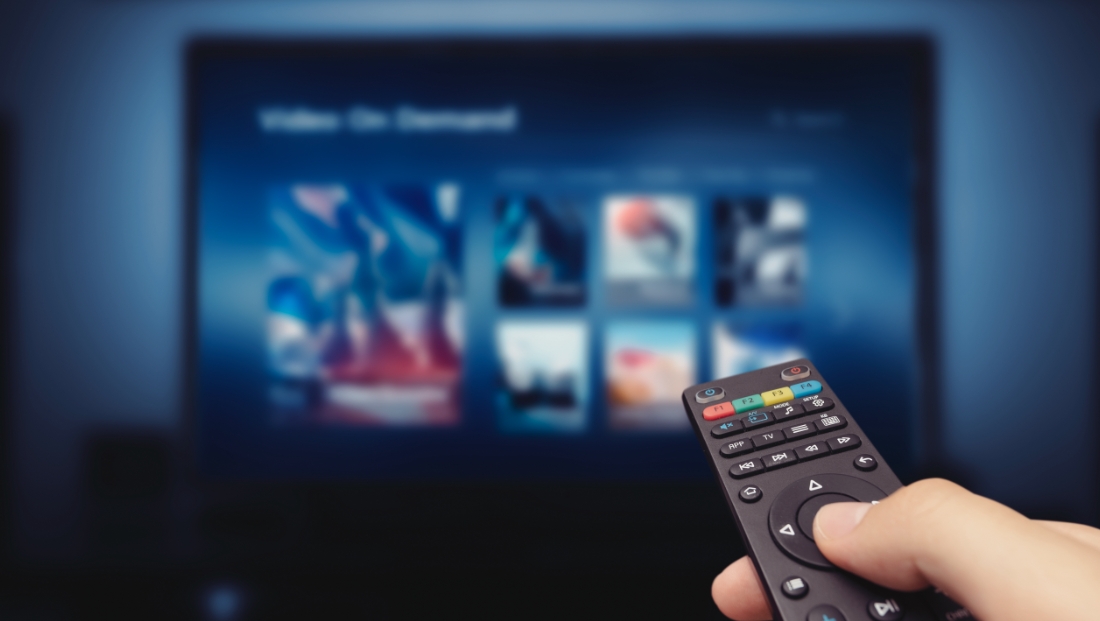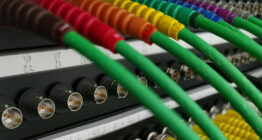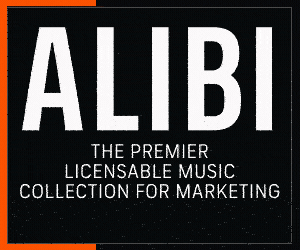Column: Can art be automated? Can it enhance the broadcast experience?

Subscribe to NewscastStudio for the latest news, project case studies and product announcements in broadcast technology, creative design and engineering delivered to your inbox.
We all know the phrase “art imitates life.” But can that “art” be automated? That question may sound too metaphysical for the broadcast industry. Nonetheless, we are and have been doing this for some time. TV content is an art form in and of itself and the “art” of taking channels to air for broadcast is, as we know, managed through automation playout services.
Broadcast automation, at its core, is a combination of hardware and software used together to reduce the number of resources required for playout and improve the efficiency and accuracy of the content being played out.
Not to imply that doing automation well and creatively is anything less than an art itself. And despite the rise in popularity of on-demand services, the art of linear TV is still the best way for broadcasters and media companies to reach mass audiences according to a 2021 Nielsen Report. Findings from a recent IABM report also outlined that there would be moderately low growth, but growth nevertheless, in linear advertising revenue in 2022. Therefore, advertisers and rights-holders should keep linear TV front-of-mind when it comes to choosing appropriate avenues to increase revenues.
And yes, viewership is fragmenting, generally speaking, yet this year global ad spends on linear TV bounced back stronger than spending across all media following the global ad pullback last year. This commitment reinforces the enduring influence of linear TV. We know that the pandemic viewing gains have receded but there is no question that the TV screen will remain the most valuable way for audiences to consume TV content.
It cannot be denied that platforms like Netflix, YouTube, Facebook, Amazon Prime etc., have established themselves as popular curators of content. However, when there is too much choice, audiences find themselves scrolling through hundreds of shows to find something suitable to watch and before they know it an hour of their lives has passed them by.
One of the outcomes of Covid for many was to re-evaluate how they spend quality time together with their families and friends. The allure of gathering around a TV set watching linear TV being fed to them – even with ads – is all too strong if it means less time scrolling and more time together – especially during the holiday season!
So what does this mean for broadcasters?
In general, media companies are streamlining their linear operations to support their digital ambitions — a phenomenon that we at Pebble can get right behind. Acknowledging that it is the continued efficiency and reliability of linear which underpins the survival and success of an organization, thanks to the drumbeat of revenue it provides, really plays into the importance of reliable, robust solutions for linear which can drive efficiencies in personnel / real estate.
And in terms of investment this means there is pressure to keep operating costs low and to do more with less, so focus is shifting to technologies such as workflow orchestration, automation, and data analytics. Another driver is of course remote working models. For example, we have technologies and solutions that play into most of these areas – either now or in the near future.
As an automation playout provider, we have a big part to play in this debate right now. Driving efficiencies reliably in linear protects that vital ad revenue, enabling broadcasters to invest in their digital offerings and be competitive compete. They ignore linear at their peril!
Essentially, the ultimate goals haven’t changed since the dawn of broadcasting: attract and retain an audience and keep the sponsors happy and advertising sales strong.
Great selling is by itself an art that demands creativity, mindfulness, selflessness and resilience. So maybe as we think about automating art, the question should be, how can art be automated, then sold?
For more information about applications on automation and playout solutions in broadcast, visit our website. The next, and final, article in this series will present “A Deep Dive in the Ocean” – the future of media orchestration.
Subscribe to NewscastStudio for the latest news, project case studies and product announcements in broadcast technology, creative design and engineering delivered to your inbox.





tags
Automation, Broadcast Automation, cloud based playout, David Kicks, IP, IP Production, Netflix, Pebble, Playout Control System, remote production, Video Playout
categories
Broadcast Engineering News, Content Delivery and Storage, Featured, Playout & Video Transmission, Voices